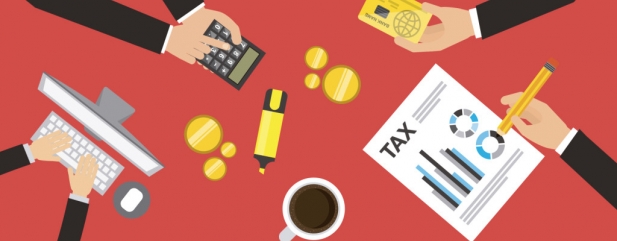Archived article
Please note that tax, investment, pension and ISA rules can change and the information and any views contained in this article may now be inaccurate.
What to do if you’ve paid too much into your pension

For most savers their biggest retirement problem is finding enough spare cash to build a decent sized retirement pot. However, a significant number of high earners will face a very different problem as the 31 January deadline for filling out their 2016/17 online tax return approaches.
Complicated rules that restrict the amount people with total income over £150,000 can pay into a pension each year kicked in during the 2016/17 tax year. Many of these savers will have been oblivious to the changes and paid in too much as a result.
THE ANNUAL ALLOWANCE TAPER – A BRIEF GUIDE
Normally pension savers are entitled to an annual allowance of £40,000. However, for those with ‘adjusted income’ above £150,000 the annual allowance gradually reduces by £1 for every £2 of income earned, to a minimum of £10,000 for those with adjusted income above £210,000.
‘What on earth is adjusted income?’ I hear you ask.
Adjusted income incorporates your gross income from ALL sources including things like dividends, bank interest and rental income, plus employer pension contributions.
If your adjusted income is above £150,000, your ‘threshold income’ would also need to exceed £110,000 for the taper to kick in.
Threshold income is simply:
Gross income from all sources (as in the adjusted income calculation) + any salary sacrifice arrangements set up on or after 9 July 2015 – any personal contributions where HMRC has automatically granted tax relief – any taxable lump sum death benefits you have received.
PAYING IT BACK
If you think that all sounds horrendously difficult – you’re right! In reality lots of people will have no idea what their adjusted income is, or simply won’t know the tapered annual allowance rules even exist.
As a result many will accidentally breach the annual allowance and face a surprise bill from HMRC. Someone who paid in £40,000 during the year when their annual allowance was £10,000 could be hit with a tax bill of up to £13,500.
If you find you have paid too much into your pension you could use ‘carry forward’ rules to reduce or even wipe out your tax charge. Carry forward allows you to utilise any unused tax allowance from the previous three tax years for 2016/17 – meaning someone who hadn’t paid in anything into their pension in those years could get an extra £120,000 of tax-free allowance.
If you can’t carry forward any unused pension you might be able to get your provider to deduct it from your pension pot, or alternatively you can simply pay the tax as part of your tax return.
Clearly this is all extremely complicated, so if you are at all unsure of what you owe or how you can repay it, it’s worth speaking to a regulated financial adviser.
Tom Selby,
Senior Analyst, AJ Bell
Important information:
These articles are provided by Shares magazine which is published by AJ Bell Media, a part of AJ Bell. Shares is not written by AJ Bell.
Shares is provided for your general information and use and is not a personal recommendation to invest. It is not intended to be relied upon by you in making or not making any investment decisions. The investments referred to in these articles will not be suitable for all investors. If in doubt please seek appropriate independent financial advice.
Investors acting on the information in these articles do so at their own risk and AJ Bell Media and its staff do not accept liability for losses suffered by investors as a result of their investment decisions.
Issue contents
Big News
- Dollar hits three-year low
- Premier plays down Batchelors sale chatter
- Melrose launches GKN charm offensive
- The winners and losers from Carillion’s demise
- JD says profit will be better than expected
- Savills CEO steps down after nearly 40 years at firm
- Sting in the tail for BP on Deepwater Horizon oil spill
- Dividend downgrades for Card Factory
 magazine
magazine








